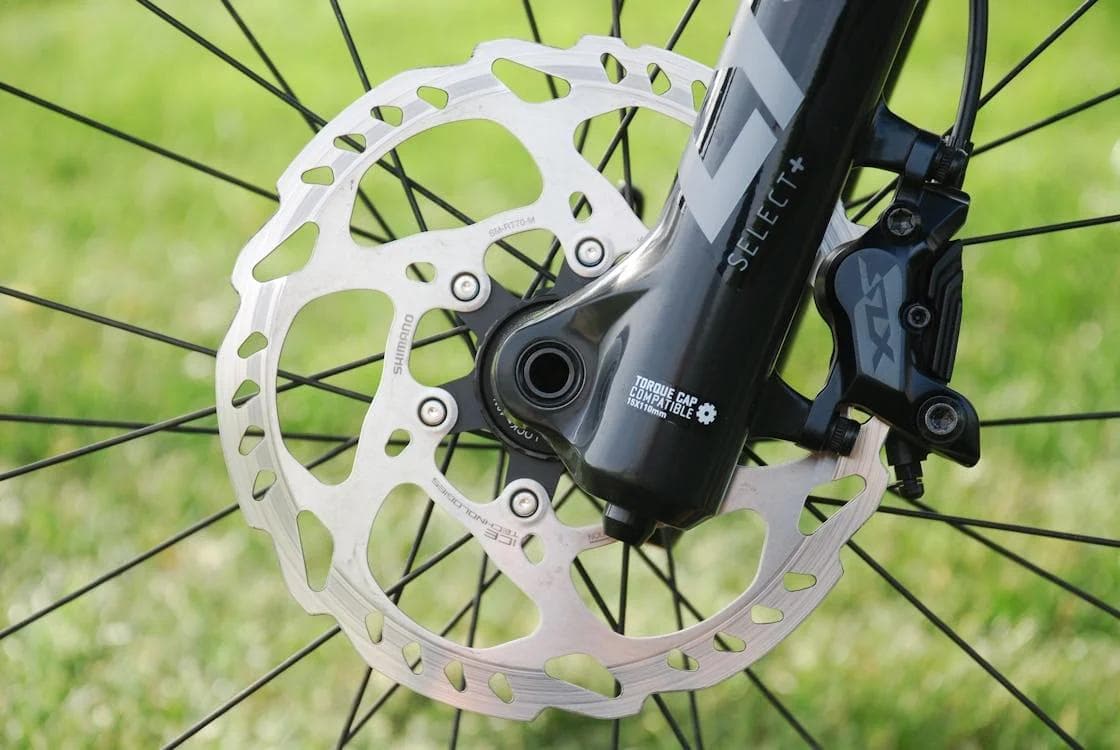Bicycling, whether for leisure, fitness, or commuting, offers numerous benefits and joys. However, ensuring your bike is in top condition is crucial for your safety and enjoyment. One of the most critical components to regularly check and maintain are your brake pads. Brake pads are vital for safe stopping, and their wear and tear can significantly affect your bike's braking performance. Here are five signs that indicate it's time to replace your bicycle's brake pads.
1. Worn Down Pad Material
The most obvious sign that your brake pads need replacing is visible wear. Most brake pads have a wear line or indicator that, once reached, signifies the pad should be replaced. If the pad material is almost level with the metal holder, it's time for a new set. Ignoring this can lead to reduced braking efficiency and potentially damage your rims or disc brake rotors.
2. Decreased Braking Performance
If you notice that stopping your bike is taking longer than usual or requires more effort, your brake pads may be to blame. Worn-out pads have less material to grab onto the rim or rotor, leading to decreased stopping power. This can be particularly dangerous in wet or slippery conditions where optimal braking is crucial.
3. Squeaking or Screeching Noises
While occasional brake noise can be normal, especially in wet conditions, consistent squeaking or screeching is a red flag. These sounds can indicate that the brake pads have worn down to the metal backing plate, which is now rubbing against the metal of your bike's rim or disc rotor. Not only does this reduce braking efficiency, but it can also cause expensive damage to other parts of your bike.
4. Irregular Pad Surface
Over time, brake pads can develop an uneven wear pattern. This can be due to a variety of factors, including misalignment or frequently braking on uneven surfaces. An irregular pad surface can lead to poor contact with the rim or rotor, diminishing braking power. Inspect your pads for any signs of uneven wear and replace them if necessary.
5. Physical Damage
Finally, any visible damage such as cracks, chunks missing, or any deformity in the brake pad material is a clear indication that replacement is needed. Physical damage can compromise the integrity of the brake pad, leading to unpredictable braking performance.
Conclusion
Regularly inspecting and maintaining your bicycle's brake pads is essential for safe and enjoyable riding. If you notice any of these five signs, it's time to replace your brake pads. Doing so will ensure that your bike stops effectively when you need it to, preventing accidents and maintaining the longevity of your bike's components. Remember, when in doubt, consult with a professional bike mechanic to ensure your bike is in the best possible condition.
